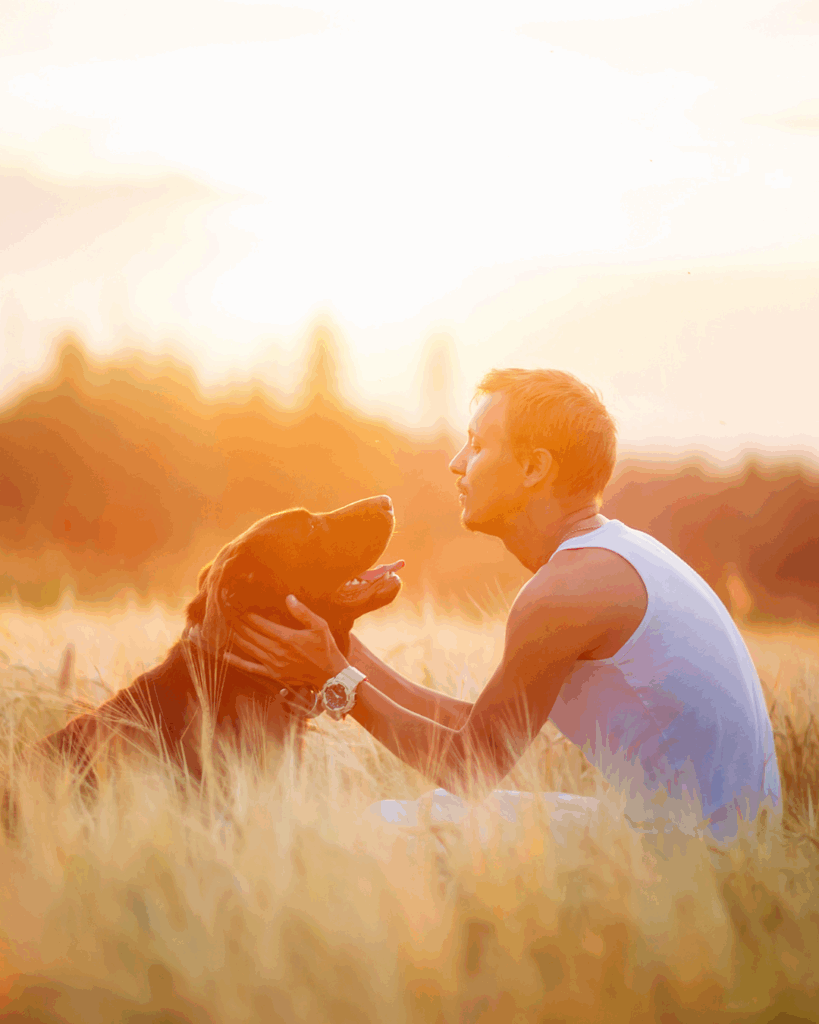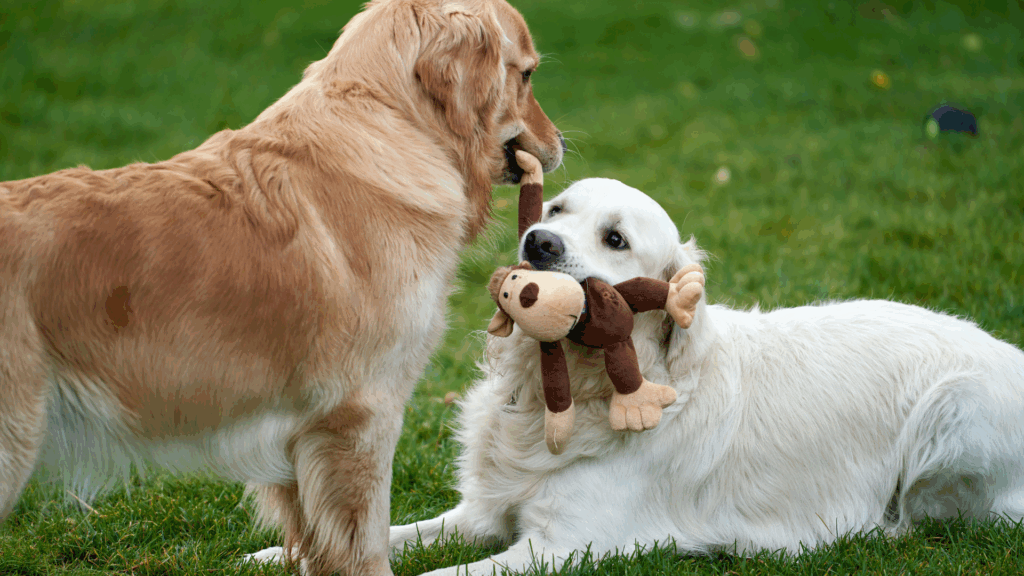I feel your pain. I was the expert in making sure there was nothing around my dogs could chew, nothing they could get off the counters, and nothing they could get in the bedrooms. Trying to keep my dogs out of trouble while I was gone was the cleanest I’ve ever kept my home!
I even set up a doggie monitor that I could see, hear and talk to them through.
One time, I even caught my german shepherd in the act of tearing up my books (see picture). I yelled at her through the doggie monitor but she didn’t pay attention. Not an ideal situation.
Cutting family and social events short because my dogs were getting into trouble was our lifestyle.
The solution to this problem? Simple really. I needed to change my mindset.
I used to keep my dogs in crates before, but I felt bad keeping them in there for 8+ hours. It wasn’t fair to them. I wanted them to have free access so they weren’t cooped up all the time. Absolutely good intentions. The reality?
I exposed my dogs to more danger by giving them free roaming of the house. They were now exposed to eating something that could harm them, or getting injured if they fell off the couch.
The solution? When you are gone from the home dogs need to be in their crates. Remember, it’s not about protecting your belongings…it’s about protecting your dog. Please be a responsible dog parent.
If you are having issues with your dog whining or barking in the crate watch Holly (a pomsky mix) learn how to be good in her crate here. Or feel free to contact me with questions here. Get advice that works!
*Please be aware there are also options like doggie daycare, rover.com (where people come to your home and let your dog out to pee/poop for a few minutes), and maybe family members or friends that could watch your dog.
Photo Courtesy of: www.bethebossdogtraining.com





